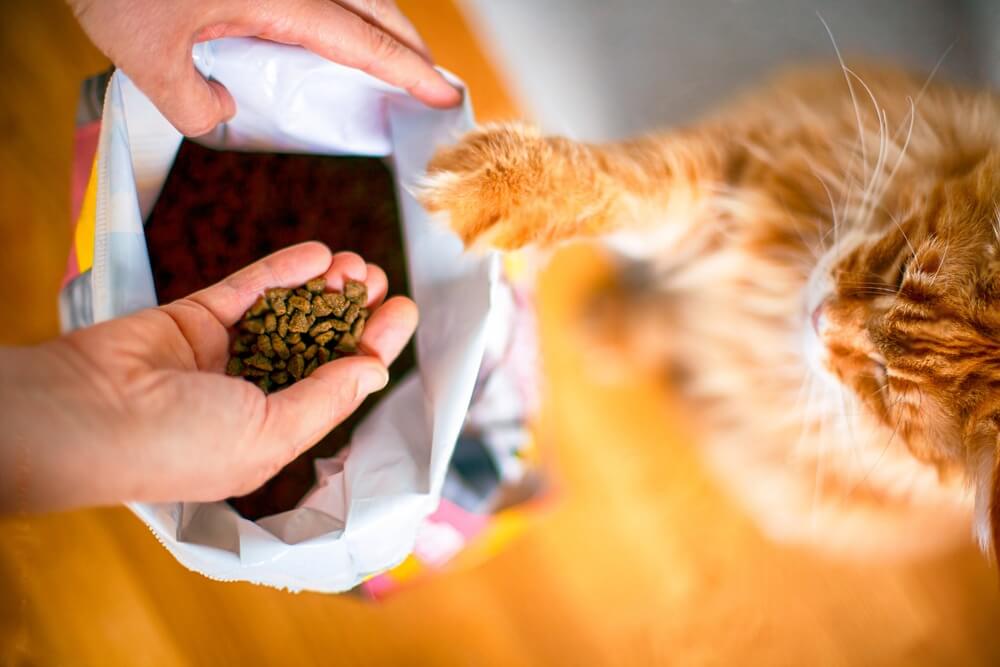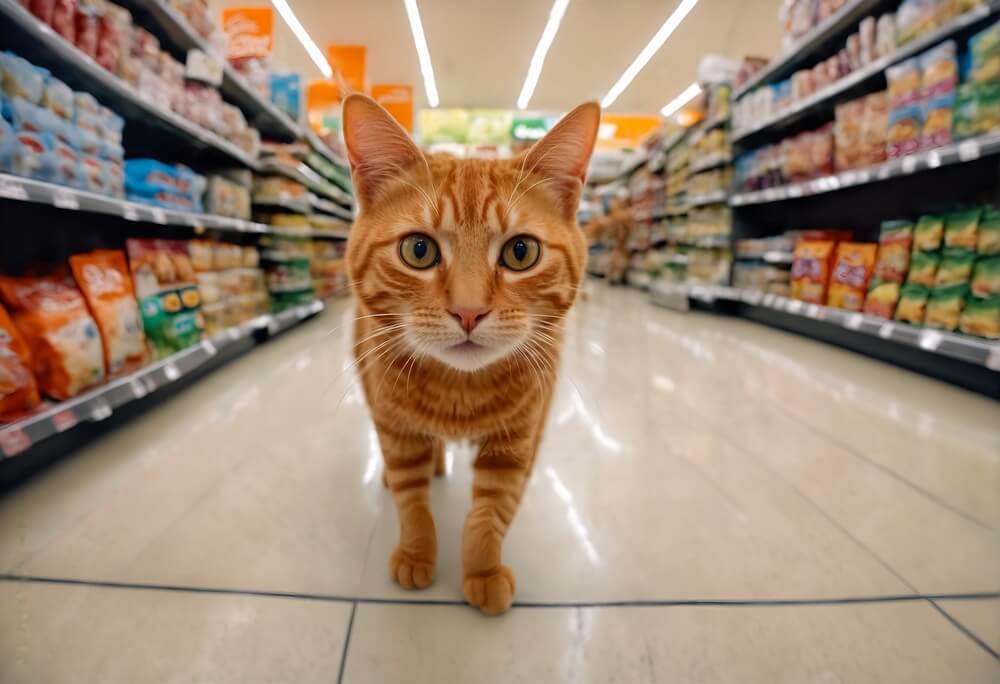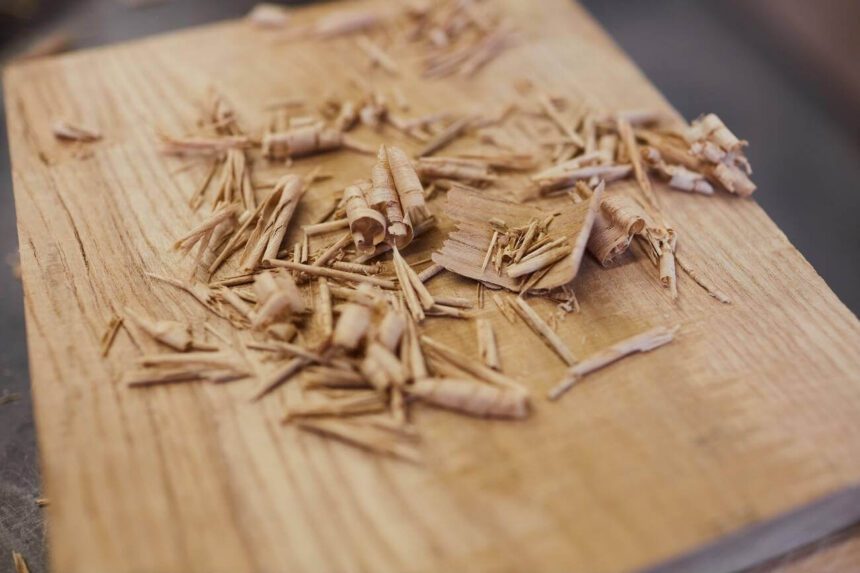What cat food brands have sawdust in Them? You know how it goes, right? You’re at the store, browsing the endless aisles of cat food, wondering if your furry friend deserves the best, or if you’re just getting swindled by fancy labels and ridiculous price tags. And somewhere in the back of your mind, you might be thinking—“Wait, what exactly is in this stuff? I’ve heard rumors… could there actually be sawdust in cat food?”
What’s Really in Your Cat’s Food?

Look, nobody wants to believe that something as ridiculous as sawdust could be lurking in their pet’s food, right? But you’d be amazed—or horrified—by what some of these brands sneak into those kibbles. I mean, it’s not like they’re tossing in chunks of wood, but when you break it down, it’s all about fillers. And yep, sawdust, or more precisely, cellulose, has been used in pet food as a filler. Crazy, huh?
What’s Cellulose Anyway?
Here’s the lowdown—cellulose is just a fancy word for plant fiber, which can come from any plant material. And yes, that includes wood pulp. So technically, sawdust is just ground-up wood, which is—drumroll—cellulose. It’s not toxic, but it’s not exactly nutritious either. It’s cheap filler to bulk up the food without adding any real value for your cat. And trust me, your kitty deserves better than eating what’s basically the remnants of a lumberjack’s workshop.
Why On Earth Would They Use Sawdust?
Simple—money. The pet food industry is a multi-billion dollar behemoth, and cutting corners means more profits. When you see words like “fiber” on a cat food label, it could be innocent like beet pulp or rice hulls. But sometimes it’s cellulose, and that’s just a fancier way of saying “we needed to bulk this up and didn’t care how.” It keeps costs down and the product shelf-stable for ages, but it doesn’t exactly scream “gourmet feline cuisine,” does it?
So, What Cat Food Brands Have Sawdust in Them?

Now we get to the juicy part—what cat food brands have sawdust in them? You’re probably hoping it’s not the one you’re feeding Fluffy right now, huh? Here’s the kicker—companies aren’t exactly broadcasting “Hey, we’re feeding your cat sawdust!” on the front of the bag. You’ve got to play detective with those labels, but we’ve done some of the legwork for you.
Commercial Pet Food Brands That May Use Cellulose
Generic or Store Brands
We all love a bargain, but those super cheap, generic store brands? You might want to think twice before tossing that bag in your cart. These are often the biggest culprits because they’re all about cutting costs. When you’re paying rock-bottom prices, that savings has to come from somewhere, and unfortunately, it’s often from the quality of ingredients.
Low-End Kibble Brands
You know the ones—they’re the brands that are always on sale, or maybe you’ve never even heard of them until they popped up in your discount grocery store. These brands often load up their food with fillers to keep it cheap and shelf-stable.
Certain Varieties from Larger Companies
Even some of the big names aren’t innocent. While they may have high-quality lines, they often have budget lines as well that may contain cellulose. Always check the ingredients list. If you see “cellulose” listed, that’s a red flag right there.
How to Spot Sawdust on the Label

So, what should you be looking for when you flip that bag of cat food over? Here’s a little cheat sheet:
- Cellulose: We’ve talked about this one already. If you see this on the ingredients list, you know what’s up.
- Plant Fiber: This can be okay if it’s something like beet pulp, but if it’s not specified, it could be anything, including wood.
- Powdered Cellulose: This is a super-processed form, but it’s still the same stuff. Again, this is just filler.
- Fiber: Again, vague terms like this might be hiding something. Look for more specific sources.
If you see any of these terms high up on the list of ingredients, it might be time to switch brands. The higher up an ingredient is on the list, the more of it there is in the food. So if cellulose is in the top five ingredients, that’s a pretty clear sign your cat’s food is more filler than nourishment.
The Consequences of Feeding Filler
Now, let’s get real for a sec—what happens if your cat’s munching on food with sawdust? It’s not exactly going to poison them, but it’s also not going to provide them with the nutrition they need. Think of it like you eating fast food every day—yeah, you won’t drop dead, but you’re not exactly going to thrive either. Your cat might seem fine, but over time, a diet heavy in fillers can lead to:
- Nutritional Deficiencies: Cats are obligate carnivores. They need meat, not wood pulp, to get the nutrients their bodies require.
- Digestive Issues: Too much fiber from non-nutritive sources can mess with your cat’s digestion. You might see more hairballs, diarrhea, or constipation.
- Weight Gain: Fillers add bulk but not much else. Your cat might end up eating more to feel satisfied, which could lead to obesity.
What Should You Feed Instead?
Alright, enough with the doom and gloom. If you’re ready to ditch the sawdust and upgrade your cat’s diet, here’s what to look for:
High-Quality Meat Sources
The first ingredient should always be a specific type of meat, like chicken, beef, or salmon. None of this “meat meal” or “by-product” nonsense. Your cat needs real, identifiable protein.
No Fillers
That means no corn, wheat, soy, or mystery fibers. The fewer ingredients, the better. You want a food that’s as close to what a cat would eat in the wild as possible. Think high protein, moderate fat, and low carbs.
Grain-Free Options
Grains can be a sneaky way to bulk up food, and while some cats tolerate grains just fine, many do better without them. Look for grain-free options that focus on meat and healthy fats.
Reputable Brands
Stick with brands that have a good reputation for quality. Some of the best brands might cost a little more, but it’s worth it for the peace of mind knowing you’re feeding your cat the best.
Brands That Avoid Fillers and Focus on Nutrition
Here’s a short list of brands that are known for their high-quality ingredients and lack of cheap fillers:
- Orijen: Known for its biologically appropriate food, Orijen uses fresh, regional ingredients and avoids fillers.
- Acana: Like Orijen, Acana focuses on high-quality ingredients and offers grain-free options.
- Wellness: Wellness uses real meat and avoids by-products and fillers in their formulas.
- Blue Buffalo Wilderness: This brand focuses on high-protein, grain-free foods that are rich in meat and low in carbs.
How to Transition to a Better Diet
Switching your cat’s food isn’t as simple as just dumping out the old and pouring in the new. Cats can be finicky, and a sudden change in diet can lead to stomach upset. Here’s how to do it right:
- Slowly Mix the Old with the New: Start by mixing a small amount of the new food in with the old food. Gradually increase the amount of the new food over a week or two.
- Monitor Your Cat’s Reaction: Keep an eye on your cat’s behavior and litter box. If you notice any digestive issues, slow down the transition.
- Be Patient: Some cats might be reluctant to try something new. If your cat is hesitant, try warming the new food slightly or adding a little bit of something tasty, like a small amount of tuna water.
FAQs
Can High-Quality Cat Food Be Affordable?
Yes, there are affordable cat foods that focus on quality ingredients without relying on fillers like cellulose. While you might pay a bit more upfront, investing in a high-quality diet can lead to better long-term health for your cat, potentially saving on vet bills down the line. Look for mid-range brands that prioritize named meat sources and avoid unnecessary fillers.
What Should I Do If My Cat’s Current Food Contains Cellulose?
If you discover that your cat’s current food contains cellulose, consider transitioning to a higher-quality food with better ingredients. Start by researching brands known for their transparency and commitment to using real, whole ingredients. Gradually transition your cat to the new food over a week or two to avoid digestive issues.
Conclusion
At the end of the day, your cat’s health is in your hands. You wouldn’t feed yourself sawdust, so why let your cat eat it? Take the time to read those labels, choose higher-quality brands, and you’ll see the difference in your cat’s health, energy, and overall happiness.
So next time you’re in the pet food aisle, don’t just grab the first bag you see. Give it a good look-over, maybe even a double take. Your cat will thank you with purrs, head bumps, and that extra sparkle in their eyes. Remember, you’re feeding a little predator, not a beaver. Let’s keep the wood where it belongs—in the forest, not in your cat’s food bowl.



